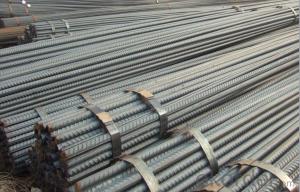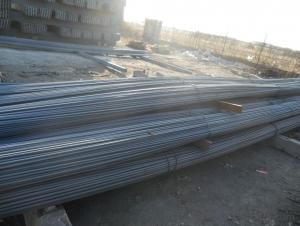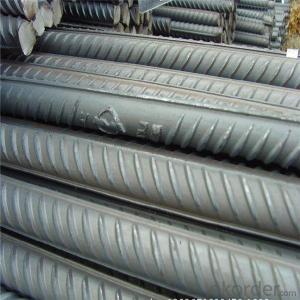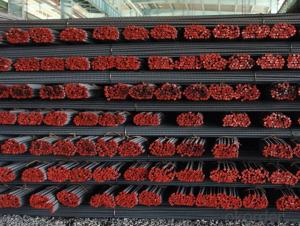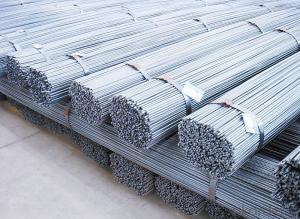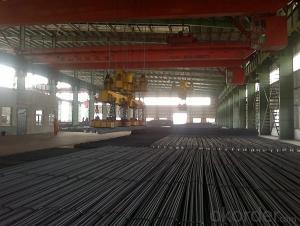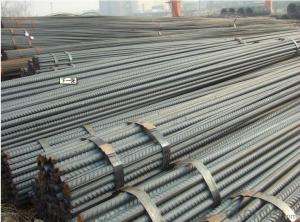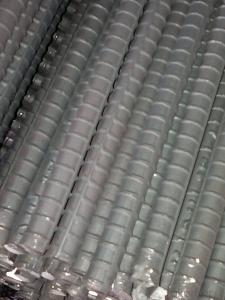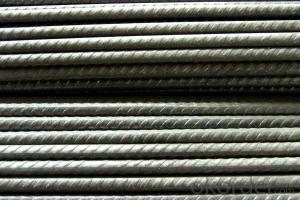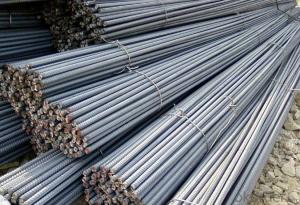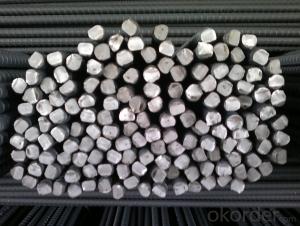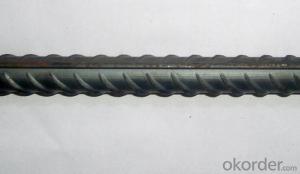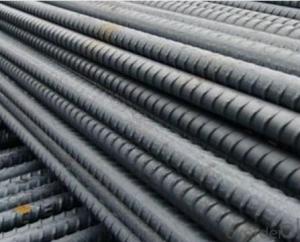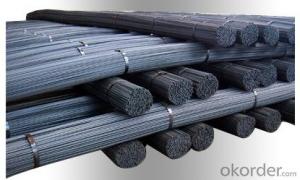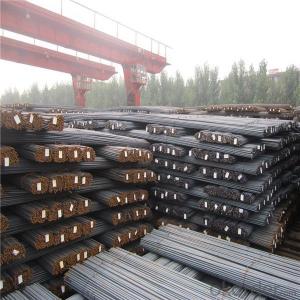All Categories
- - Steel Wire Rod
- - Steel Coils
- - Steel Profiles
- - Steel Pipes
- - Stainless Steel
- - Tinplate
- - Special Steel
- - Steel Sheets
- - Steel Rebars
- - Steel Strips
- - Hot Rolled Steel
- - Cold Rolled Steel
- - Pre-painted Steel
- - Seamless Steel Pipe
- - Welded Steel Pipe
- - Hollow Steel Tubes
- - Galvanized Pipe
- - Stainless Steel Coil
- - Stainless Steel Sheet
- - Stainless Steel Plate
- - Stainless Steel Strips
- - Electrolytic Tinplate Coil
- - Electrolytic Tinplate Sheet
- - Stainless Steel Rebars
- - Solar Panels
- - Solar Water Heater
- - Solar Related Products
- - Solar Inverter
- - Solar Cells
- - Solar Light
- - Solar Energy Systems
- - Solar Controllers
- - Solar Mounting System
- - Solar Pump
- - Solar Chargers
- - Fiberglass Chopped Strand
- - Fiberglass Mesh Cloth
- - Composite Pipes
- - FRP Pultrusion Profiles
- - Fiberglass Mat Tissue
- - Fiberglass Fabrics
- - Fiberglass Mesh
- - Composite Tank
- - Fiberglass Mesh tape
- - Polymer
- - FRP Roofing Panel
- - Fiberglass Roving
- - Monolithic Refractories
- - Ceramic Fiber Products
- - Refractory Bricks
- - Raw Materials For Refractory
- - Suspended Platform
- - Cranes
- - Concrete Machinery
- - Earthmoving Machinery
- - Building Hoist
- - Road Building Machinery
- - Plastic Pipe Fittings
- - Plastic Tubes
- - Plastic Sheets
- - Agricultural Plastic Products
- - Plastic Nets
 All Categories
All Categories
Q & A
What is the role of seismic retrofitting using steel rebars in enhancing the safety of existing structures?
The role of seismic retrofitting using steel rebars is to strengthen existing structures and improve their ability to withstand seismic activity. Steel rebars, which are strong and durable, are added to reinforce critical structural elements such as beams, columns, and foundations. This enhances the overall structural integrity of the building, making it less susceptible to damage or collapse during an earthquake. By increasing the safety and resilience of existing structures, seismic retrofitting with steel rebars helps protect lives and minimize property damage in areas prone to earthquakes.
How do you prevent rust and corrosion on steel rebars in concrete?
To prevent rust and corrosion on steel rebars in concrete, several measures can be taken. Firstly, using corrosion-resistant rebars, such as epoxy-coated or stainless steel rebars, can provide effective protection. Secondly, proper concrete cover thickness must be maintained to ensure rebars are adequately shielded from moisture and oxygen. Additionally, using high-quality concrete with low permeability can help minimize water and chloride ingress, reducing the risk of corrosion. Lastly, regular inspection and maintenance, including cleaning and repairing any damaged concrete, can help identify and address potential corrosion issues before they worsen.
What are the environmental considerations when disposing of old or unused steel rebars from demolition projects?
When disposing of old or unused steel rebars from demolition projects, there are several important environmental considerations to keep in mind. Firstly, it is crucial to prioritize recycling over landfilling. Steel is a highly recyclable material, and recycling rebars helps conserve natural resources and reduce pollution associated with mining and manufacturing. Additionally, proper handling and transportation of the rebars is essential to prevent any potential release of hazardous substances into the environment. Any attached materials, such as concrete or paint, should be removed before recycling to avoid contamination. Finally, it is important to comply with local regulations and guidelines for the disposal of construction and demolition waste to ensure that the process is conducted in an environmentally responsible manner.
How do you evaluate the quality of welded steel rebar connections?
To evaluate the quality of welded steel rebar connections, several factors need to be considered. Firstly, the weld should exhibit proper fusion, meaning there is complete bonding between the rebar and the weld material. Additionally, the weld should be free from cracks, porosity, or other defects that could compromise its strength. The connection should also be visually inspected to ensure it is properly aligned and that there are no gaps or excessive weld spatter. Furthermore, destructive testing techniques such as tensile or bend testing can be employed to assess the strength and integrity of the connection. Finally, compliance with relevant welding codes and standards should be checked to ensure that the connection meets the required specifications.
Wholesale Steel Rebars from supplier in Comoros
We are a Steel Rebars supplier serving the Comoros, mainly engaged in the sale, quotation, and technical support services of various Steel Rebars products in the Comoros region. We are a subsidiary platform of the Fortune Global 500 company CNBM, able to provide you with one-stop Steel Rebars procurement services in the Comoros. Not only do we have a wide range of Steel Rebars products, but after years of market development in the Comoros, we can also provide valuable experience for your projects.
